Here’s a comparison of how high schools and colleges approach accommodation for disabilities:
High School Responsibilities
Identify students with disabilities.
Provide assessment of learning disabilities.
Classify disabilities according to specified diagnostic categories.
Involve parents or guardians in placement decisions.
Provide certain non-academic services.
Place students in programs where they can benefit (in any way) via a placement committee with parent participation and approval.
Structure a large part of the students’ weekly schedule.
Modify educational programs.
Prepare Individual Education Plans (IEPs).
Provide a free and appropriate education.
Provide appropriate services by the school nurse or health services.
College Responsibilities
Protect each student’s right to privacy and confidentiality.
Provide access to programs and services that are offered to persons without disabilities.
Inform students of office location and procedures for requesting accommodations.
Accept and evaluate verifying documentation.
Determine that a mental or physical impairment causes a substantial limitation of a major life activity based on student-provided verifying documents.
Determine whether a student is otherwise qualified for participation in the program or service, with or without accommodations, and if so, whether reasonable accommodation is possible.
Make reasonable accommodations for students who meet the above qualifying criteria.
Provide reasonable access to program and service choices equal to those available to the general public.
Inform students of their rights and responsibilities.
Source: This material was developed in conjunction with the NC Association on Higher Education and Disability.


